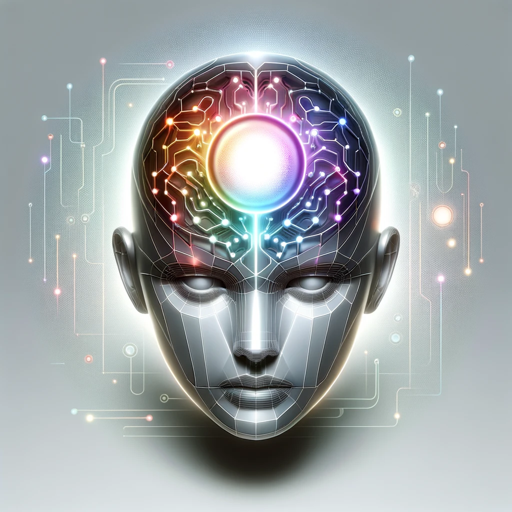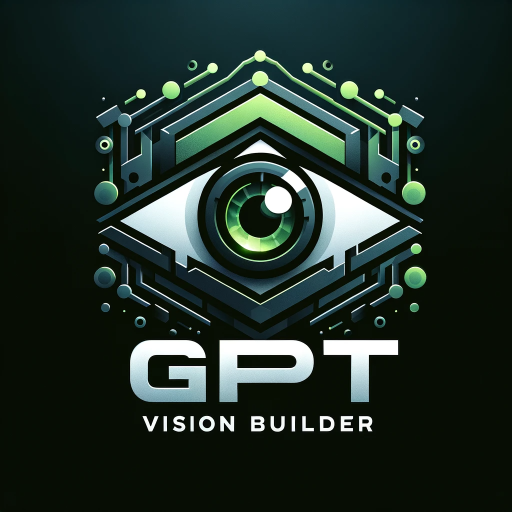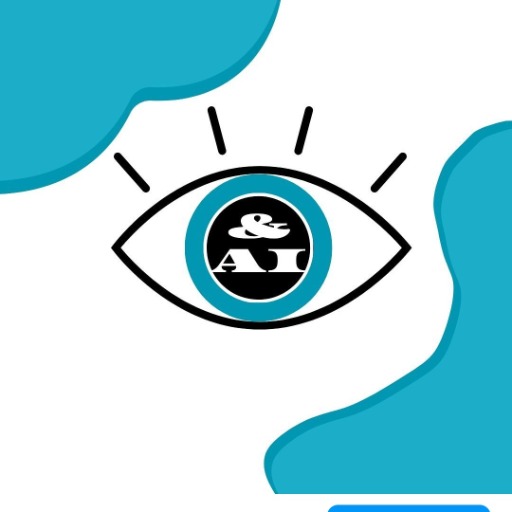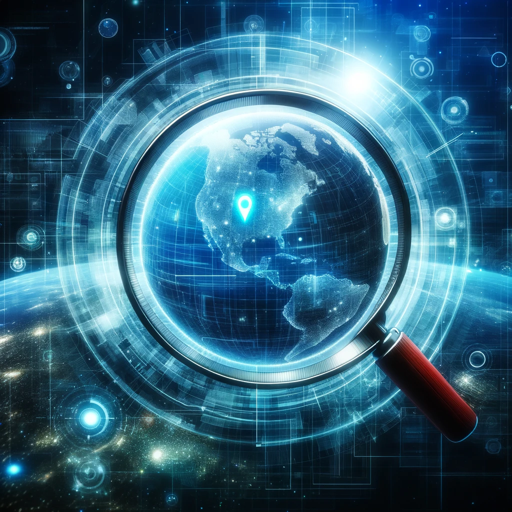GPT Vision-AI-powered text extraction
AI-driven text extraction from images
Can you read the text in this image for me?
What does the text in this picture say?
Related Tools
Load More
GPT Instruction Genius
[V4] Crafts detailed instructions from your ideas, to create GPTs that provide structured and consistent outputs. Tip: Write '/changelog' to see the latest changes!

GPT Vision Builder
GPT Vision Builder V2 is an AI tool that transforms wireframes into web designs, supporting technologies like Next.js and TailwindCSS, suitable for both simple and complex web projects.

Design System GPT
Mentor for designers on creating modern design systems

EyeGPT Pro 2 (GPT Ophthalmology Research)
Artificial Intelligence in Ophthalmology: The ChatGPT Experimental Model for Eye Disease Research and Clinical Practice. - For Professionals Only -

GPT Finder
Find best GPTs for your specific purposes, intelligently browse the web of 20000+ GPTs

GPT Store
I suggest GPTs based on your needs.
20.0 / 5 (200 votes)
Introduction to GPT Vision
GPT Vision is a specialized version of the GPT-4 model designed by OpenAI to analyze and interpret visual data. Unlike traditional text-based GPT models, GPT Vision is equipped with advanced image recognition capabilities. It can read and extract text from images, identify objects, and understand complex visual scenes. For example, GPT Vision can be used to read text from a scanned document, identify products in a retail image, or describe the content of a photograph. The design purpose of GPT Vision is to bridge the gap between visual and textual data, enabling more comprehensive data analysis and interaction.

Main Functions of GPT Vision
Text Extraction
Example
Extracting text from an image of a handwritten note.
Scenario
In a scenario where a user has taken a picture of handwritten meeting notes, GPT Vision can accurately transcribe the text into a digital format for easier editing and sharing.
Object Recognition
Example
Identifying items in a retail store image.
Scenario
Retail managers can use GPT Vision to analyze images of store shelves to ensure products are correctly placed and inventory levels are maintained. The model can identify different products and report any discrepancies.
Scene Understanding
Example
Describing the content of a complex outdoor photograph.
Scenario
In the context of urban planning, GPT Vision can analyze photos of cityscapes to describe elements like buildings, roads, and parks. This information can be used to assess urban development and plan new infrastructure projects.
Ideal Users of GPT Vision
Business Professionals
Business professionals, such as retail managers, marketers, and data analysts, can benefit from GPT Vision by automating the analysis of visual data. For example, marketers can use it to analyze social media images to understand brand presence, while data analysts can automate the extraction of information from visual reports.
Researchers and Academics
Researchers and academics in fields like urban planning, environmental studies, and social sciences can leverage GPT Vision to analyze visual data relevant to their studies. For instance, environmental researchers can use the tool to monitor deforestation through satellite imagery, while social scientists can analyze public spaces and community interactions from photographs.

How to Use GPT Vision
1
Visit aichatonline.org for a free trial without login, also no need for ChatGPT Plus.
2
Upload your image containing text directly to the interface provided on the site.
3
Wait for the AI to process the image and extract the text.
4
Review the extracted text output and make any necessary adjustments or edits.
5
Utilize the extracted text for your specific needs, whether for documentation, translation, or analysis.
Try other advanced and practical GPTs
👨🎨 Art Professor
Your AI Art Mentor

Dota2 Coach
AI-Powered Dota 2 Coaching

ClickHouse Pro
AI-powered advanced analytics tool

Business Valuation Expert
AI-powered business valuation made easy.

MTD
AI-Powered Fintech Leadership & Language Mentor

Financial Analysis & Valuation Expert
AI-Driven Financial Insights

Coding in R Studio with AI
Enhance your R coding with AI.

Anthropology Sage
AI-powered answers for anthropology.

AP Government and Politics (US) Help
AI-powered tool for mastering AP Government

SAT Math Tutor
AI-powered solutions for SAT Math success.

Legal Document Creator
AI-powered legal document creation

dialogos em documentos médicos
AI-powered medical document automation

- Data Extraction
- Document Analysis
- Image Processing
- Handwriting Recognition
- Content Digitization
Frequently Asked Questions about GPT Vision
What is GPT Vision?
GPT Vision is an AI-powered tool designed to extract text from images, providing accurate and fast OCR (Optical Character Recognition) capabilities.
How accurate is GPT Vision in text extraction?
GPT Vision uses advanced AI algorithms to ensure high accuracy in text extraction, even with complex layouts or varied fonts.
Can GPT Vision process handwritten text?
Yes, GPT Vision can recognize and extract handwritten text, though the accuracy may vary depending on the clarity of the handwriting.
What file formats are supported by GPT Vision?
GPT Vision supports a variety of image formats, including JPEG, PNG, and TIFF, ensuring flexibility for users.
Are there any prerequisites for using GPT Vision?
No special prerequisites are required. Simply visit the website and upload your image to start using the tool.